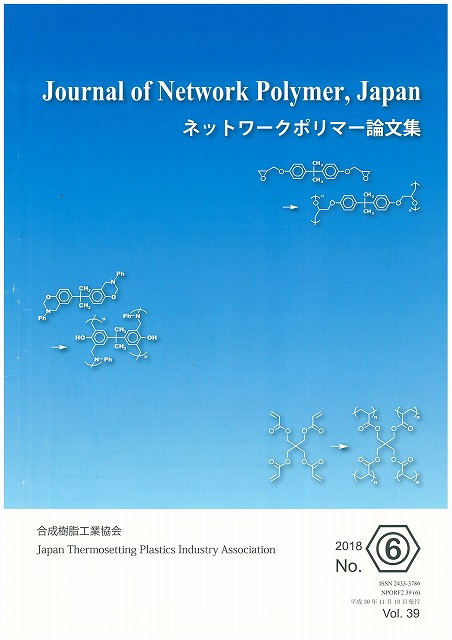Volume 39, Issue 6
Displaying 1-5 of 5 articles from this issue
- |<
- <
- 1
- >
- >|
Original
-
Article type: Original
2018 Volume 39 Issue 6 Pages 260-266
Published: November 10, 2018
Released on J-STAGE: March 18, 2020
Download PDF (1392K) -
Article type: Original
2018 Volume 39 Issue 6 Pages 267-273
Published: November 10, 2018
Released on J-STAGE: March 18, 2020
Download PDF (1918K) -
Article type: Original
2018 Volume 39 Issue 6 Pages 274-280
Published: November 10, 2018
Released on J-STAGE: March 18, 2020
Download PDF (1862K)
Review
-
Article type: Review
2018 Volume 39 Issue 6 Pages 281-289
Published: November 10, 2018
Released on J-STAGE: March 18, 2020
Download PDF (1230K) -
Article type: Review
2018 Volume 39 Issue 6 Pages 290-298
Published: November 10, 2018
Released on J-STAGE: March 18, 2020
Download PDF (1271K)
- |<
- <
- 1
- >
- >|
